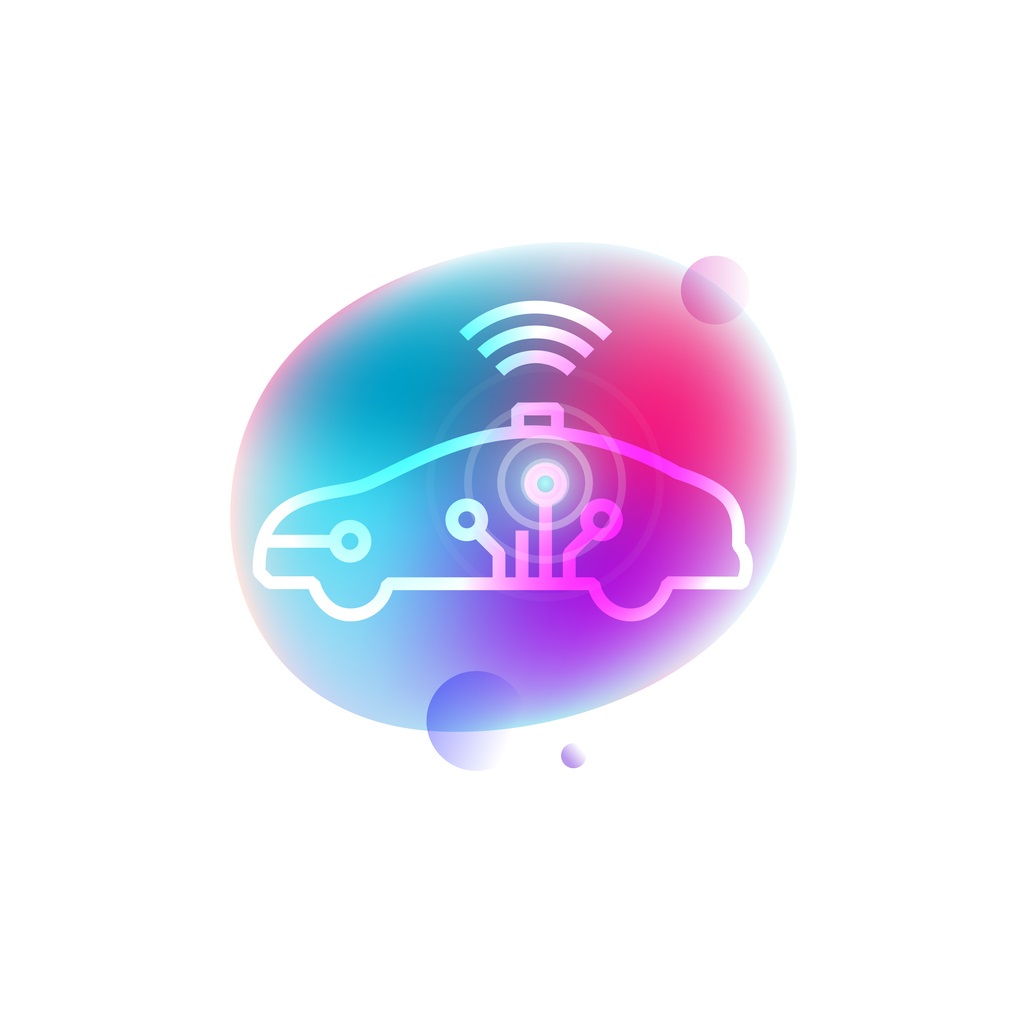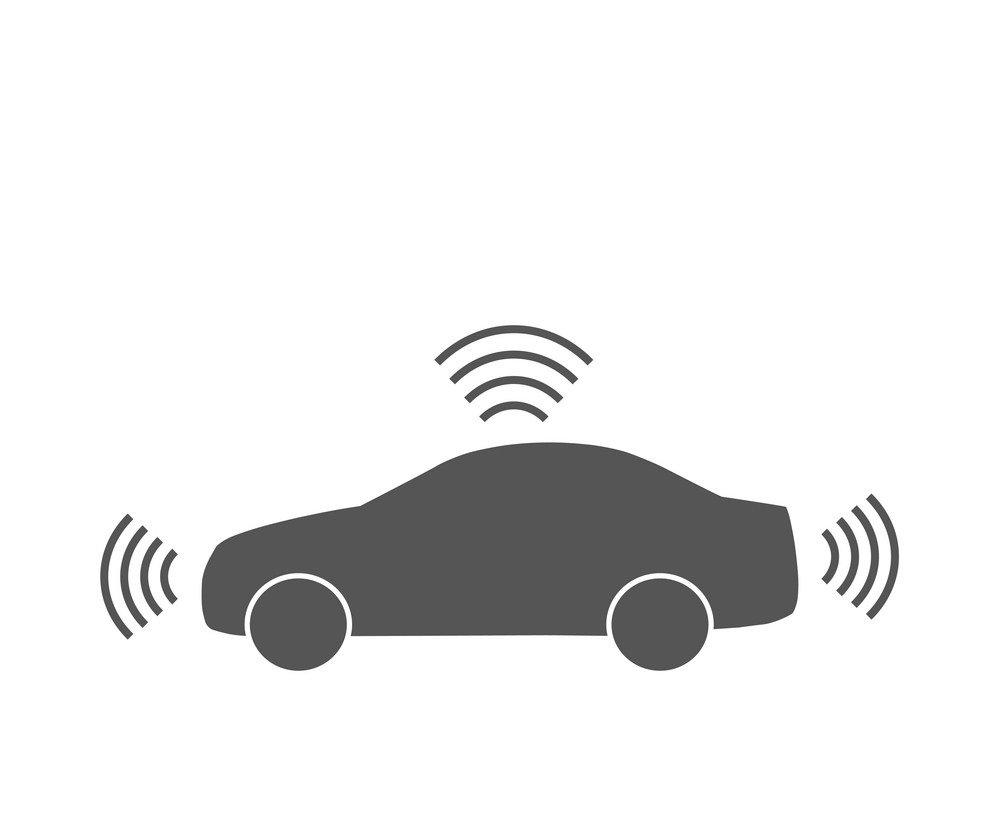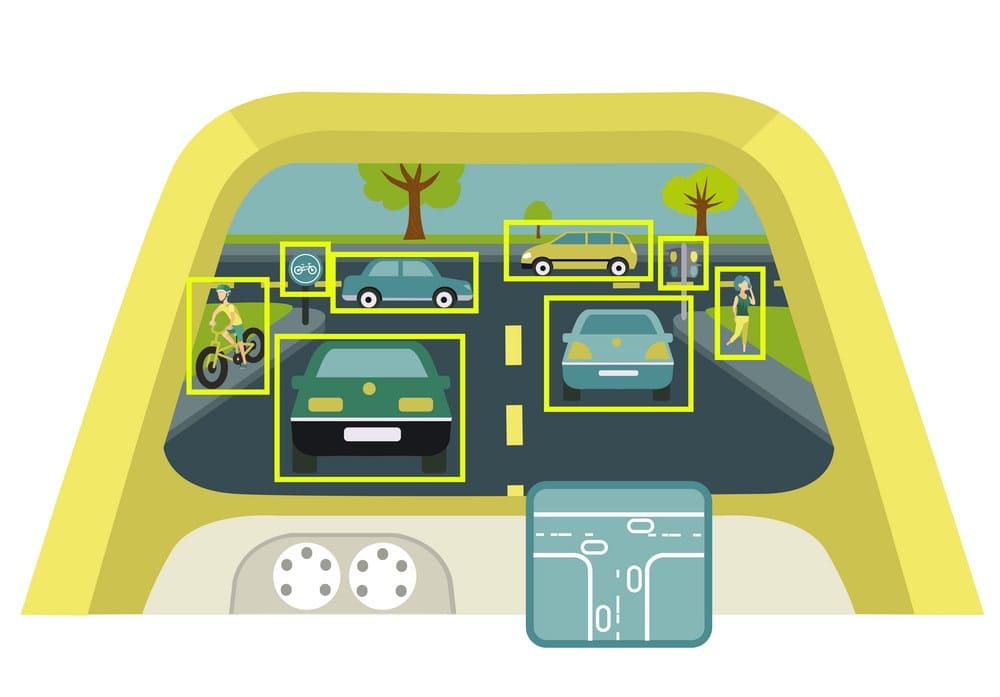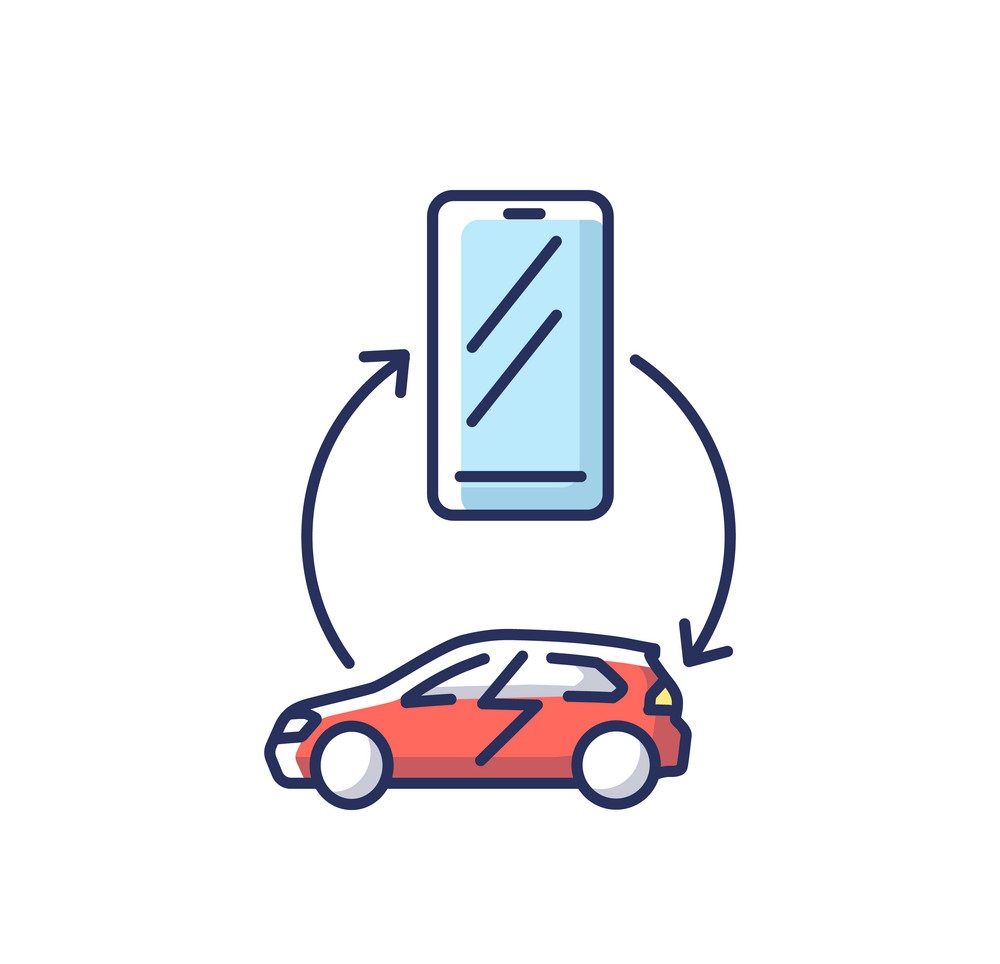Application of IoT in Tesla’s Self-Driving Cars: Benefits and Potential Risks
The Internet of Things (IoT) is transforming many industries, including the automotive. This technology is enabling carmakers to create innovative and advanced solutions. The application of IoT offers massive scope for automotive brands to make their vehicles more user-friendly, collect data about their customers, and stay competitive in the market. Tesla Motors, one of the biggest names in the automobile industry is also leveraging IoT to make its connected vehicles smarter and smoother to use.
Application of IoT in the Automotive Industry
IoT in the automotive industry refers to embedding sensors, actuators, and other IoT technologies into automobiles. The goal is to create solutions that make vehicles smarter, efficient, and more intelligent. There are many IoT-based solutions that are shaping the new automotive age, including:
- Predictive maintenance
- Advanced Driver Assistance Systems (ADAS)
- 3G/4G/5G powered Wi-Fi functionality
- Car2Car connectivity
- In-vehicle infotainment system
With IoT, connected cars are making life easier for both drivers and carmakers, in terms of electronic upgrades. An IoT embedded car enables you to control and monitor your vehicle’s stats. You can do this with just a single tap on the app.
Best-suited IoT and Connected Devices courses for you
Learn IoT and Connected Devices with these high-rated online courses
What is Tesla’s Self-Driving Car?
A self-driving car refers to a driverless car that uses the Internet of Things (IoT) and Artificial Intelligence (AI) to function. Self-driving cars can drive themselves without the driver taking care of the tasks such as handling the steering, changing the lanes, parking, etc. This can significantly improve traffic and safety.
Tesla cars use mobile connections to offer various functions such as remotely setting temperature and making service appointments. Using the internet, Tesla cars also get the features of the Autopilot driver assistance system. It can navigate the roads between waypoints set by the driver.
Also Read: Top IoT Project Ideas for Beginners and Experts
How Do Driverless Cars Work?
Self-driving cars work using the Internet of Things (IoT). IoT technology enables cars to connect wirelessly to a cloud system. It shares information about the road the car is driving on as well as the information about the car when it is moving.
These IoT systems collect a huge amount of data about navigation, traffic, roads, and more. This data is analyzed by the car’s computer systems so it can drive on its own.
The application of IoT in Tesla cars enables the company to tailor its services as per the customer’s needs. In addition, they can also respond in real-time to unforeseen events. The data collected from these cars enables the company to optimize its vehicle’s performance.
Must Read: Best Online Resources to Learn IoT
Features & Benefits of IoT Powered Tesla’s Self-Driving Cars
Autopilot
Tesla produces cars with software available for Autopilot and Full Self-driving capabilities. Tesla’s Autopilot feature is an Advanced Driver Assistance System (ADAS). It reduces your tasks as a driver and improves safety and convenience. The Autopilot system is built on a deep neural network. It is capable of taking care of the car controls in some situations.
The latest Tesla cars come equipped with 8 external cameras, 12 ultrasonic sensors, and a robust onboard computer. They provide drivers with a sense of the environment and surroundings around the car.
Over-the-air Updates
According to Tesla’s CEO Elon Musk,
“The whole Tesla fleet operates as a network. When one car learns something, they all learn it.”
Previously, the only way to update cars was by sending them to the dealers. As the lives of car buyers become more complex, it is very inconvenient for the consumer to take the car to the dealer. In the case of Tesla cars, the owners can skip taking the car to the dealer and can go about their day while the car fixes itself.
Tesla’s Model S was the first car to get over-the-air software upgrades. Like a smartphone, Tesla cars download new software to introduce new functions and eliminate bugs.
Connectivity
Check out Popular Internet of Things (IoT) Courses
Tesla cars are bundled with Standard Connectivity that provides access to connectivity features over Wi-Fi only. In addition, the services include music and media streaming services and live traffic details using Bluetooth. Tesla also offers Premium Connectivity. It offers all connectivity features over cellular, in addition to Wi-Fi.
App
Tesla’s mobile app allows car owners to unlock or lock the car, flash the lights, or trigger the horn. You can use the Summon feature. It moves your car in and out of a tight space using the mobile app.
Using the app, you can set the climate control of the car, no matter where you are. You can also schedule service, purchase upgrades, check where the car is, battery condition, and charging status.
Potential Challenges & Risks of Self-driving Cars
Some of the potential risks associated with IoT-based self-driving cars include:
1. Hacking: Since the cars are connected to the Internet, hackers can gain access to the driverless car’s computing system or control of the car, which could be dangerous.
2. Integration with Traditional Cars: Riding an autonomous car sounds great. However, it is unclear how self-driving cars will react on the roads with traditional cars which are driven by human drivers.
3. Road Accidents: Our present road infrastructure is not developed for self-driving vehicles. Driving on current infrastructure is uncertain. Autonomous cars will have to operate on existing highways, roads, and city streets. This may require them to cope up with sudden changes which can cause accidents.
4. Exposure to Radiation: Self-driving cars are equipped with many technologies. They come with Wi-Fi, GPS, remote controls, power accessories, Bluetooth, and more. These technologies may expose the passengers to high levels of electromagnetic field radiation. Exposure to such radiation can cause serious health issues.
Conclusion
For many people, the ultimate goal for commuting life is to leave everything to their cars. They want to get in the car in the morning and not have to worry about traffic, weather, or traffic lights until they arrive at their destination. IoT is enabling car makers and buyers to achieve this goal by providing innovative and advanced solutions.
IoT is becoming the DNA of new-age self-driving Tesla cars. From connected cars to automated transport systems, the application of IoT is transforming the global automotive market. It is expected to do more of the same in the future as well.
Also Read: What is the Future of the Internet of Things (IoT)?
This is a collection of insightful articles from domain experts in the fields of Cloud Computing, DevOps, AWS, Data Science, Machine Learning, AI, and Natural Language Processing. The range of topics caters to upski... Read Full Bio







